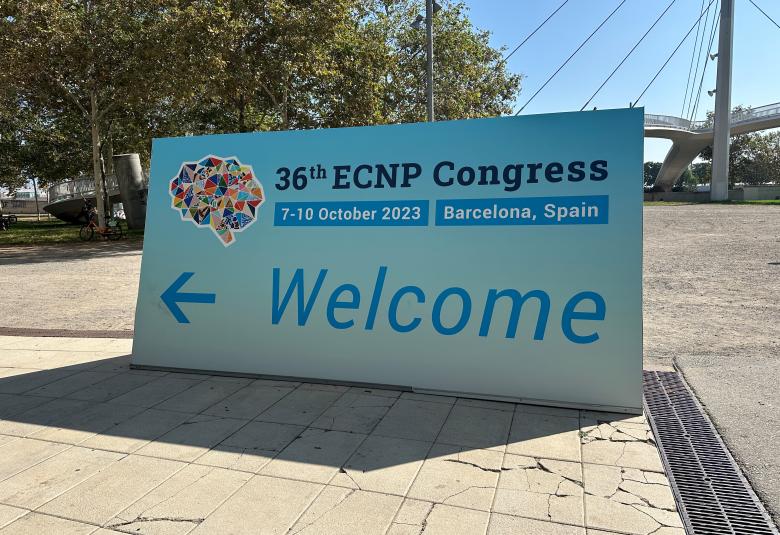Some trajectories of cognitive development is altered in individuals with schizophrenia. At a fascinating plenary lecture at CINP 2018, Noboru Hiroi, Professor of Psychiatry and Behavioral Sciences, Albert Einstein College of Medicine, NY, USA, described current understanding about how variants of individual genes encoded in 22q11.2 copy number variants alter the development of cognition and the potential underlying mechanisms.
The developmental trajectories of cognitive skills, such as executive functions and social cognition are altered in individuals with developmental neuropsychiatric disorders, Professor Hiroi explained.
22q11.2 deletion shows very high rates of penetrance in schizophrenia
Translating genetic information into molecular models to identify therapeutic targets
The mechanisms through which the genetic variants associated with developmental neuropsychiatric disorders lead to altered developmental trajectories in schizophrenia — from genes to molecules to cells to circuits and thence to disease manifestations — remain unclear, said Professor Hiroi.
But to develop mechanism-based therapeutic options, the genetic information needs to be translated into molecular models.
Extensive studies of individual common variants have not provided the answers, said Professor Hiroi, but rare copy number variants occurring in less than 1% of the population are providing valuable insights.
Association between 22q11.2 copy number variants and schizophrenia
DiGeorge syndrome and velocardiofacial syndrome are characterized by developmental abnormalities that affect the heart, the thymus, the parathyroid glands and the face. Both are caused by a 22q11.2 deletion; and at least 10% of patients with those syndromes develop schizophrenia later.
Delays in motor, speech and cognitive development may precede a potential diagnosis of schizophrenia
22q11.2 deletion shows very high rates of penetrance in schizophrenia, developmental delay, and is associated with abnormal prepulse inhibition (PPI), anomalous social behavior and atypical working memory, said Professor Hiroi. Delays in motor, speech and cognitive development may precede a potential diagnosis of schizophrenia.
Relationship of Tbx1 and COMT genes in 22q.11.2 to neonatal cries and neogenesis
Deletion of Tbx1 results in a negative environmental experience
Professor Hiroi highlighted work by Takahashi and his colleagues on the vocal calls of mice pups heterozygous for a 22q11.2 gene Tbx1 — which encodes T-box transcription factor.
The researchers have shown that the sequence structure of vocal calls of these mice pups is less complicated than with the vocal calls of wild-type pups and that the mothers do not respond to them. This leads to a negative neonatal environmental experience for the pups through less maternal attention.1
Copy number elevations of Tbx1 and COMT impair hippocampal neurogenesis
Professor Hiroi also highlighted work by Boku and his colleagues that has shown that copy number elevations of Tbx1 and another 22q11.2 gene — COMT, which encodes catechol-O-methyltransferase — alter the working memory developmental trajectory in a mouse model.2 This occurs through impaired migration of adult neural stem/progenitor cells resulting in impaired hippocampal neurogenesis in the adult, explained Professor Hiroi.
Professor Hiroi concluded that genes in 22q.11.2 impact:
- the molecule Tbx1 to alter the sequence structure of vocal calls in mice pups
- the molecules Tbx1 and COMT resulting in effects on hippocampal neurogenesis and the developmental trajectory for working memory
More research is now needed to reveal the underlying mechanisms for these findings and identify therapeutic targets.




